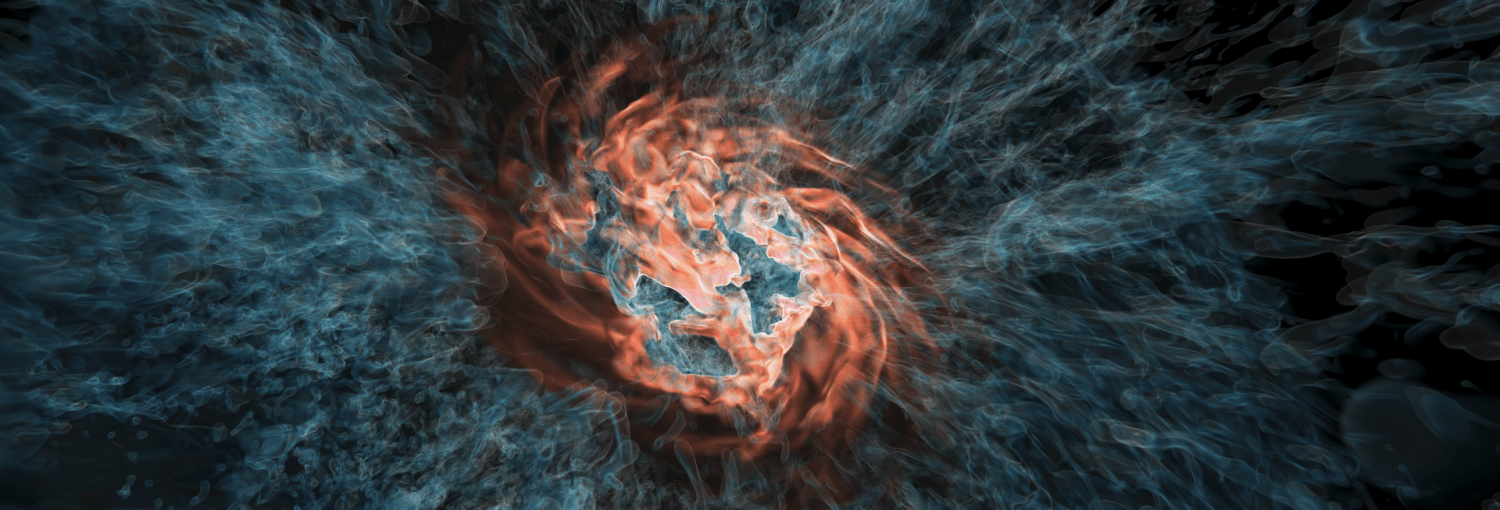Open Research Projects
If you are interested in pursuing research in the UCSC Computational Astrophysics Research Group, please see this list of example open projects.
Research Blogs
Alums:
Bruno Villasenor, PhD
Prof. Evan Schneider, PhD
Ryan Hausen, PhD
Tayler Quist, MS.
Affiliates:
Galaxy Formation and Evolution
Galaxy and structure formation represent fundamental concepts in our cosmological models for the evolution of the universe from inflationary perturbations to the rich collection of galaxies we see today. Our research group studies the primary physical mechanisms and modalities that give rise to the observed distribution of galaxy properties. To this end, we primarily use numerical simulations and calculations in an attempt to improve the physical realism of our models.
Deep Learning in Astrophysics
Deep learning represents one of the most exciting technologies in science, with wide applicability to astrophysical data, theory, and simulation. The Computational Astrophysics Research Group applies deep learning to analyze and model astronomical observations, understand our astrophysical simulations, and emulate difficult calculations with rapid approximations.
Astrophysical Fluids and Turbulence
Understanding the fate of the baryonic material that comprises gas and stars in and in between galaxies is a primary goal of theoretical astrophysics. These components generate the primary observable signatures of the galaxy formation process, and are therefore key for connecting our theoretical models to observational probes. Our groups uses numerical simulation to model the properties of astrophysical fluids, which are often turbulent and complex, including dense regions of the interstellar medium that give rise to star formation, the interaction between supernovae explosions and the interstellar medium, the connection between outflowing galactic-scale winds and the circumgalactic medium, and the eventual return of gas and metals to the diffuse intergalactic medium.
Numerical Simulation Methodologies
Our group pushes the boundaries of simulation methodologies used in astrophysics by exploiting new computational architectures, such as NVIDIA GPUs or Intel Xeon Phi coprocessors, to perform calculations faster and with better power efficiency while maintaining physical realism and accuracy.
Testing Theory with Observation
Effective theories share close connections with observations, and theory provides guidance for conducting observing programs with a large scientific return. Our research group is heavily involved in using theory to inform observational programs with existing and upcoming facilities like Hubble Space Telescope, James Webb Space Telescope, Nancy Grace Roman Space Telescope, Large Synoptic Survey Telescope, the Atacama Large Millimeter/submillimeter Array, and many others.
